Taragarh Fort Bundi
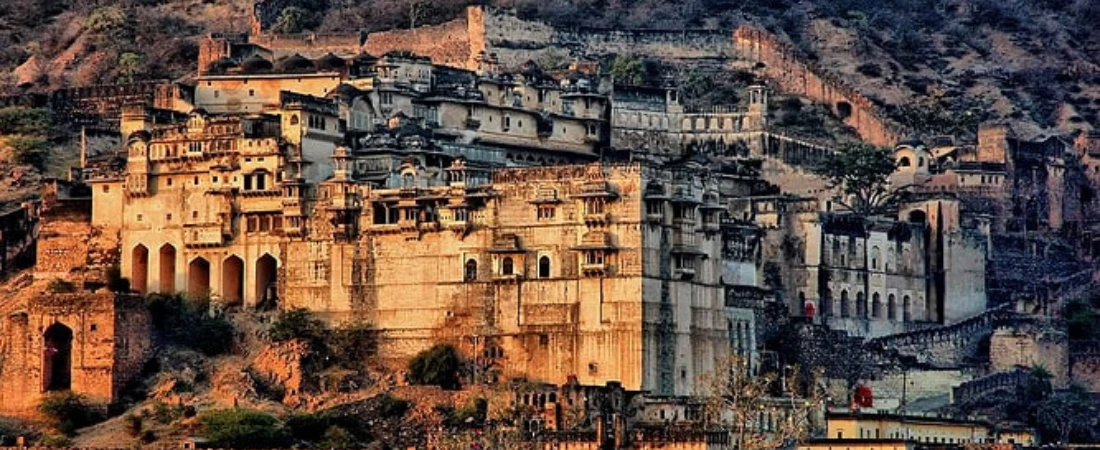
Among the many royal structures of Rajasthan, Taragarh Fort in Bundi stands out as a hidden gem, often overlooked yet full of character and charm. Located in the peaceful town of Bundi, surrounded by hills and lakes, this fort sits proudly atop a steep hill, keeping centuries of stories locked within its massive walls. Unlike the more popular forts in Jaipur and Jodhpur, Taragarh remains largely untouched by commercialization. It welcomes travelers with an old-world quietness and the kind of wild beauty that makes the visit feel like a personal discovery. Built long before many of India’s other forts, Taragarh is one of the oldest hill forts in the country and offers a raw, authentic experience that connects you deeply with Rajasthan’s royal past. As you climb its winding path, every step brings you closer to ancient stories of battles, kings, and secret lives that once existed within its strong stone walls.
History
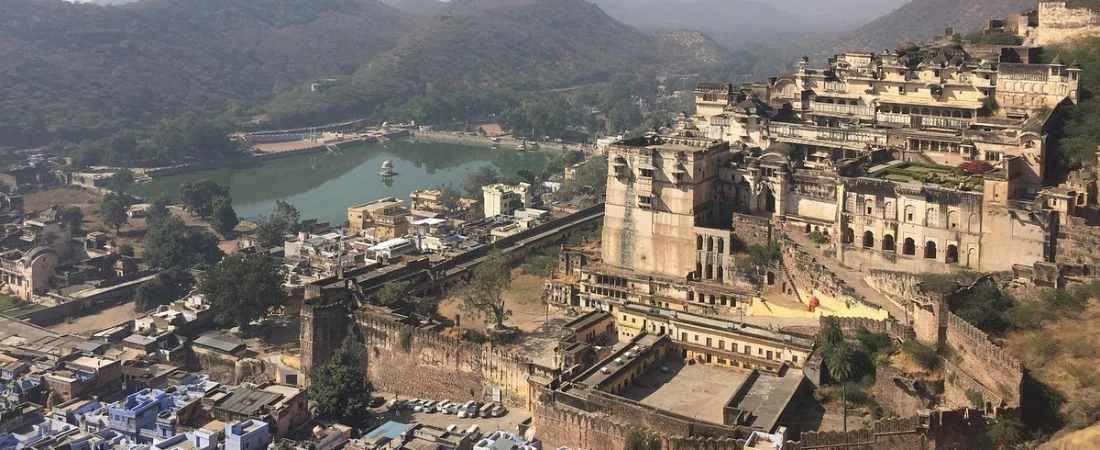
The history of Taragarh Fort dates back to 1354 AD when it was constructed by Raja Bar Singh of the Chauhan dynasty. At a time when Bundi was an emerging kingdom, the fort served as its primary defense structure and a symbol of authority. Built strategically on the top of a hill, it gave the rulers of Bundi a powerful view of the land around them, allowing them to watch for enemy movements and control the region. This high vantage point also made it nearly impossible to conquer. Over the centuries, Taragarh witnessed many battles, alliances, and periods of peace. Unlike other Rajput kingdoms that came fully under Mughal control, Bundi managed to retain a level of independence, which helped preserve its distinct traditions. This fort, therefore, is not just a military site but a testament to the courage and diplomacy of the Chauhan rulers. Even in its present state of partial ruin, it stands tall as a powerful symbol of Rajasthan’s unbreakable spirit and its long-standing love for valor and heritage.
Architecture
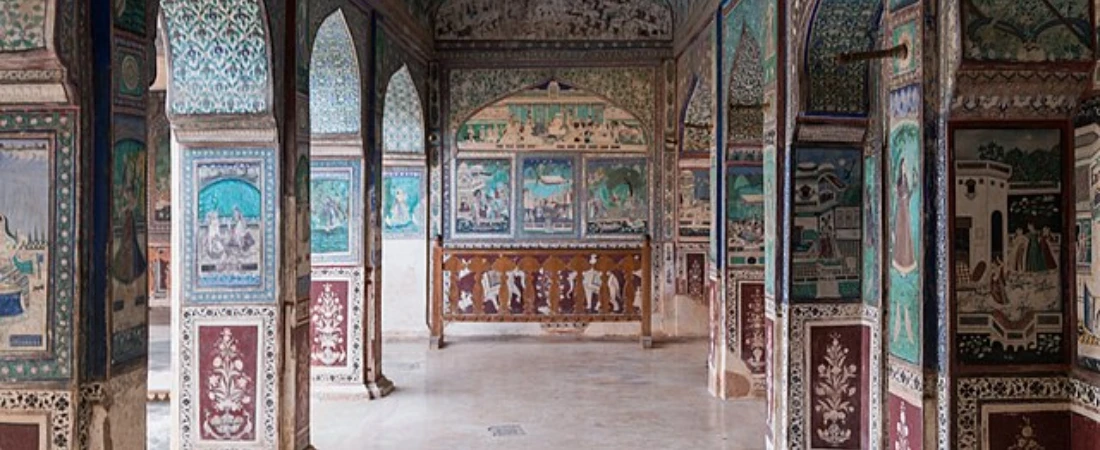
The architecture of Taragarh Fort is a beautiful mix of Rajput strength and simple elegance. Though time and weather have worn down many parts of the structure, what remains still offers glimpses into its grand past. The fort is spread across the hill with wide gateways, long corridors, hidden chambers, and lookout points that open to stunning views of Bundi town and the green hills surrounding it. One of the main features inside is the Bhim Burj, a large battlement built to hold heavy cannons. Among them is the famous Garbh Gunjam cannon, which was once feared for its powerful thunder. Another important section is the Rani Mahal, where the royal women lived. Though much of it is now in ruins, the palace walls still carry faded frescoes and murals that reflect the traditional Bundi style of painting, known for its grace and storytelling quality. The fort also contains stepwells and reservoirs that were built to store water, proving the thoughtful planning behind its construction. Each stone here tells a story, and walking through the fort is like walking through layers of history, preserved naturally by time itself.
How to reach
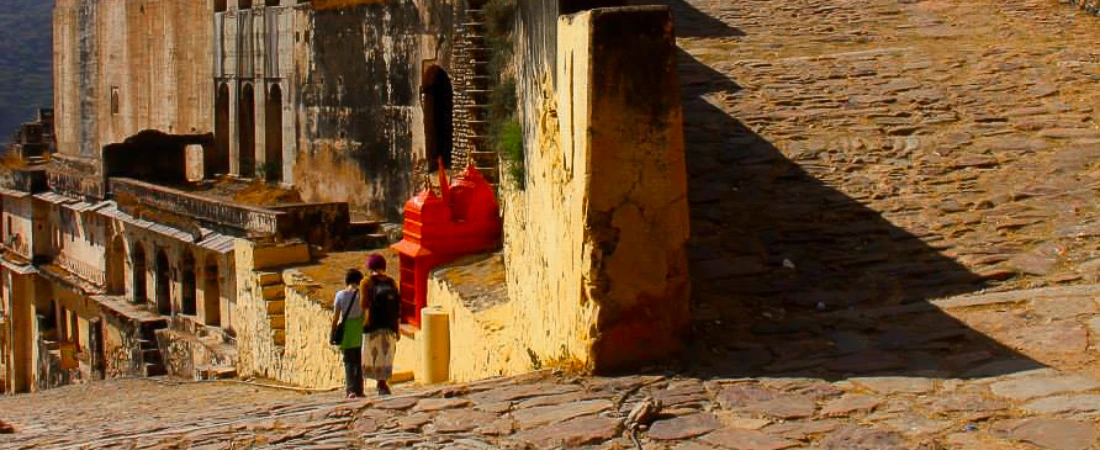
Reaching Taragarh Fort Bundi is fairly easy for those traveling within Rajasthan. Bundi is well connected by road, rail, and is not too far from major cities like Jaipur and Kota. If you're traveling by car, the drive from Jaipur takes about four to five hours, while from Kota it’s just under an hour. The roads are scenic and peaceful, passing through countryside fields and small villages. For those who prefer trains, Bundi has its own railway station with connections from Jaipur, Kota, and Delhi, making it a convenient choice. Once you arrive in Bundi, the fort is visible from nearly every corner of town. To reach it, you must take a short but steep hike that takes around thirty to forty minutes. The climb is not very difficult, but since the path is uneven and often exposed to sun, it is recommended to wear comfortable shoes, carry water, and avoid the hottest part of the day. There are also local guides available near the base who can accompany you and share fascinating tales from the fort’s past.
Nearby places
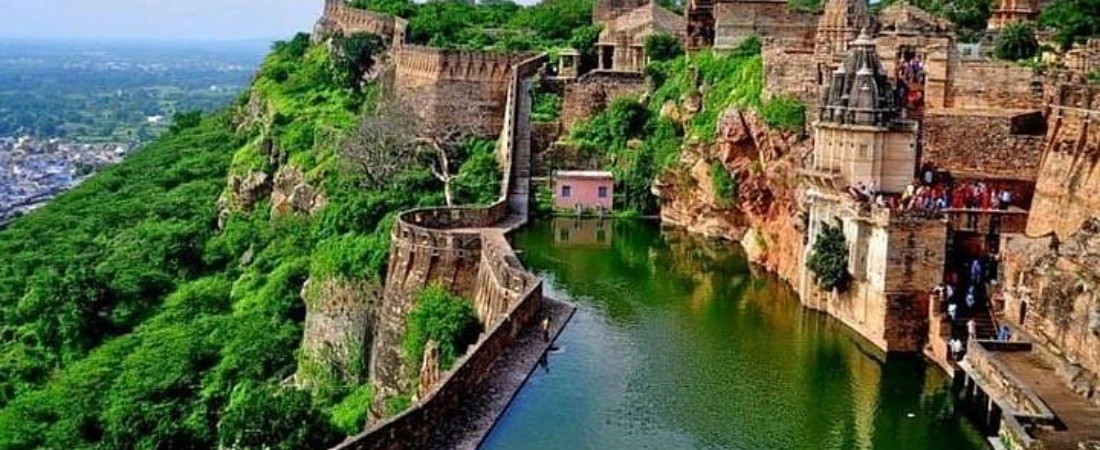
The visit to Taragarh Fort is only the beginning of what Bundi has to offer. Just below the fort lies the famous Garh Palace, which is one of the largest in Rajasthan and home to some of the best-preserved murals in the state. The palace complex includes the Chitrashala, a hall filled with delicate paintings that showcase Bundi’s unique artistic style. These artworks often depict scenes from Hindu mythology, royal ceremonies, and nature, all painted with fine detail and bright colors. Then there’s Nawal Sagar Lake, a square-shaped artificial lake located at the center of town. It reflects the nearby buildings beautifully, and a small temple sits at its center, partly submerged in water, adding a sense of wonder to the scene. If you travel a little further, you’ll reach Sukh Mahal by the peaceful Jait Sagar Lake. This summer retreat was once used by the rulers and even hosted Rudyard Kipling, who was inspired by Bundi’s charm. Together, these places make Bundi one of the most underrated yet culturally rich destinations in Rajasthan.
Final thoughts
Taragarh Fort Bundi may not have the shine and polish of other famous forts in India, but it offers something far more valuable—authenticity. It is a place where you can walk alone, breathe in history, and feel connected to a time long gone. It doesn’t try to impress with grandeur; instead, it quietly shares its stories with those who are willing to listen. In today’s fast-moving world, such places are rare and precious. Whether you're a traveler, a history enthusiast, or someone simply looking for peace, Taragarh Fort gives you a reason to pause, explore, and wonder. Add it to your Rajasthan itinerary, not just as a stop but as a memory waiting to be made.


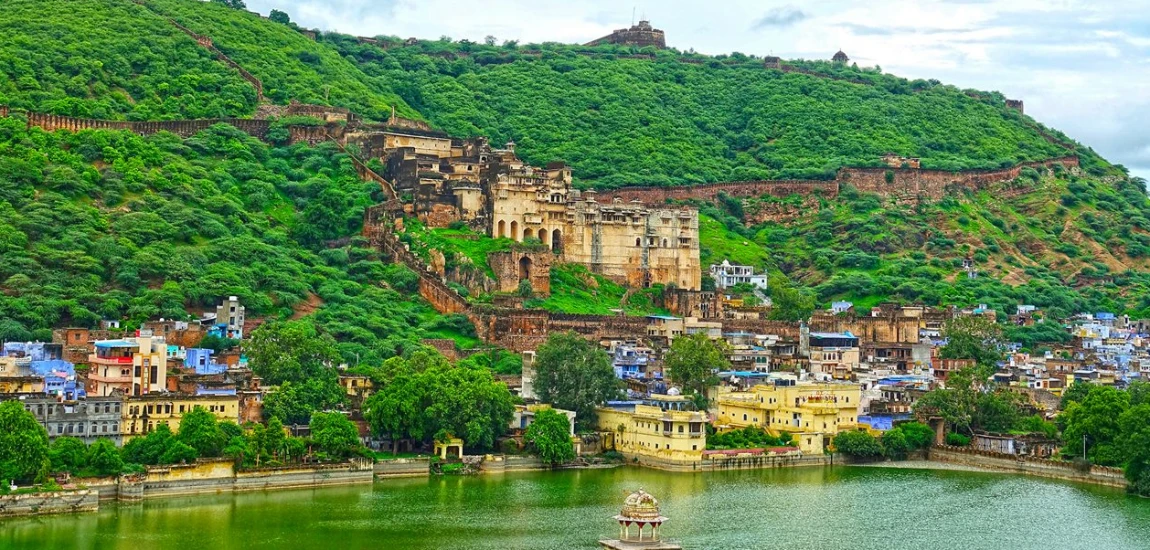







Leave a comment